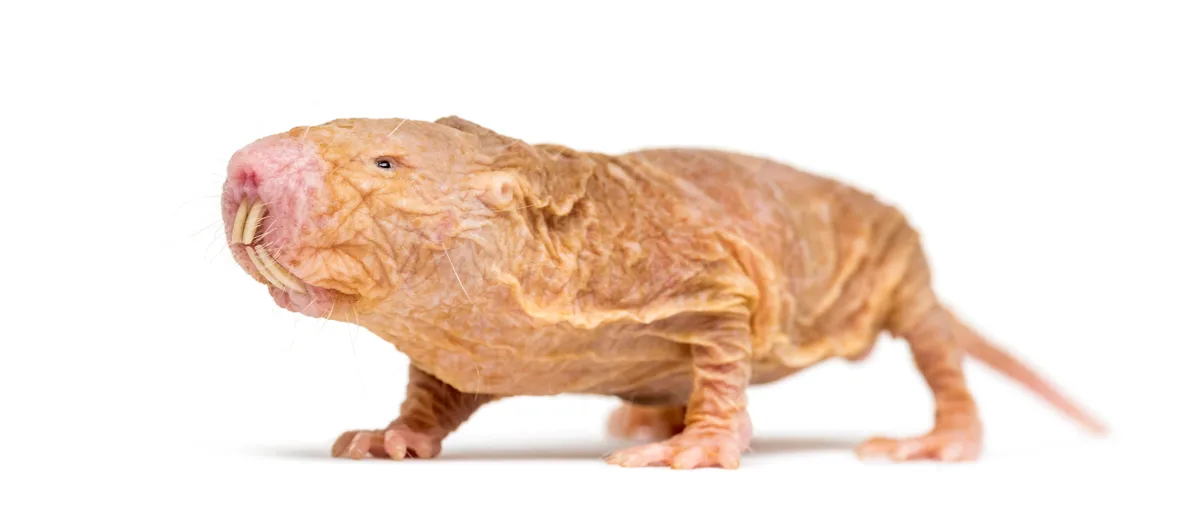Scientists at Queen Mary University of London have shown for the first time that DNA can be collected from the air. The finding could provide new techniques for forensics researchers, anthropologists, and even help in the understanding of the transmission of airborne diseases like COVID-19, they say.
The team looked at whether environmental DNA (eDNA) could be collected from air samples and used to identify animal species. Most similar studies to date have focused on the collection of eDNA from water.

But the new proof-of-concept study, published in the journal PeerJ, showed that airDNA sampling could successfully detect naked mole rat DNA and human DNA in the air.
They first took air samples from a room which had housed naked mole-rats, and then used existing techniques to check for DNA sequences within the sampled air.
Using this approach, the research team showed that airDNA sampling could successfully detect mole rat DNA within the animals' housing and from the room itself. They also found human DNA in the air samples, suggesting a potential use of this sampling technique for forensic applications.
Read more about eDNA:
- Loch Ness Monster: How eDNA helps us discover what lurks beneath
- Environmental DNA and the hunt for new species
“Here we provide the first published evidence to show that animal eDNA can be collected from air, opening up further opportunities for investigating animal communities in hard-to-reach environments such as caves and burrows,” said Dr Elizabeth Clare, senior lecturer at Queen Mary and lead author.
“What started off as an attempt to see if this approach could be used for ecological assessments has now become much more, with potential applications in forensics, anthropology and even medicine.
“For example, this technique could help us to better understand the transmission of airborne diseases such as COVID-19.”
The research team is working with partners in industry, including the company NatureMetrics, to see how the technique can be applied in other ways, the university said.
“At the moment social distancing guidelines are based on physics and estimates of how far away virus particles can move, but with this technique we could actually sample the air and collect real-world evidence to support such guidelines,” said Clare.
Reader Q&A: How can chimps share 98 per cent of our DNA and be so different?
Asked by: Ananda Singh, Southampton
I actually find it surprising that the difference is as much as two per cent, given how similar we are. Humans and chimps are roughly the same size, have the same number of arms, legs, fingers and toes. We are both warm-blooded, we have binocular, colour vision and hairy bodies. We suckle our young, laugh, fight with our fists and tickle each other. We are composed of the same kinds of cells, with the same membranes and mitochondria and ribosomes. We convert glucose from food and oxygen from the air into energy and exhale carbon dioxide.
Because all life on Earth is descended from a single common ancestor, much of the very basic cellular machinery is common to all living things – particularly among multicellular organisms. We share 85 per cent of our DNA with a zebrafish and 36 per cent with a fruit fly. Chimps and humans diverged from a common ancestor only around six million years ago. This is only about 0.13 per cent of the total history of life on Earth.
Chimps look so different from us, mostly because we are very good at spotting differences between things that are quite similar to us. Most people can’t distinguish a cod from a haddock, yet we have no difficulty telling an Ethiopian and an Inuit apart, despite them differing by less than 0.25 per cent of their DNA.
Read more about DNA: